Alive and kicking: 'Conceptual Art in Britain 1964–1979' at Tate Britain
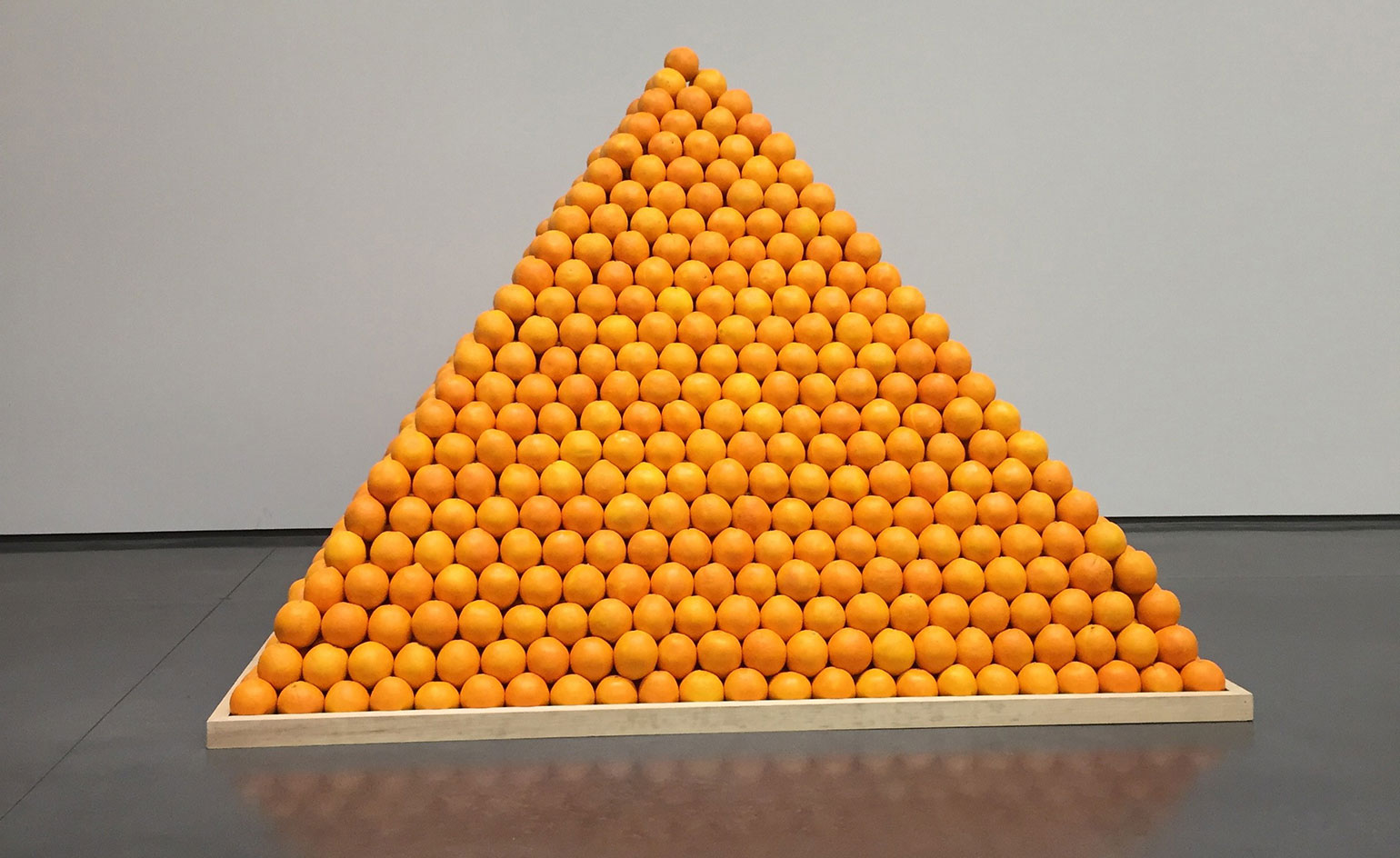
Conceptual art is still alive and well, and an important part of contemporary art. But it really is no longer acceptable to use the terms 'conceptual' and 'contemporary' interchangeably, as a new show at Tate Britain demonstrates.
Though featuring some of the earliest examples of British conceptual art, the show’s dates, 1964–1979, do not span a meaningful period in art history at all. Rather they cover a specific era in British social and political history: the pre-Thatcher Labour government of 1964–1979. The Tate’s incoming director Alex Farquharson calls the show 'the ground zero' of British conceptual art. It helpfully pinpoints where British conceptualism was born (art schools and a handful of London galleries), what artists were reacting against (broadly speaking, modernism), the ideology behind conceptualism and how it sowed the seeds for something so much bigger.
It’s not just the yellowing type-written archive material and David Tremlett’s sound map of Britain, a sculpture featuring 81 cassette tapes, that makes the art here feel dated. Many of the ideas are just so last century. Take Bruce McLean’s Pose Work for Plinths, in which the handsome young artist is seen draping himself ridiculously like a Charlie Chaplin Henry Moore over sculpture plinths. It’s 'an ironic reference to Caro’s rejection of the plinth', the blurb informs us. Remember that word, ironic? Remember a time when it was acceptable for museums to write mind-bending artwork blurbs like, 'Identifying art with disavowal creates an artwork that cancels itself'? This show is full of nostalgia for those days.
It was the era when artists wanted us to 'read' art, rather than look at it. And for that reason the show is drab, colourless, looks more like an archive than a gallery; there are 270 archival objects to 70 artworks. But it’s fun nonetheless. Think of the thrills artists had executing work like Hamish Fulton’s Hitchhiking Times from London to Andorra and from Andorra to London, 1967, and Michael Craig Martin’s glass of water entitled An Oak Tree, from 1973.
It’s a must-see; wear black clothes and an ironic smile, and take it all half-seriously.
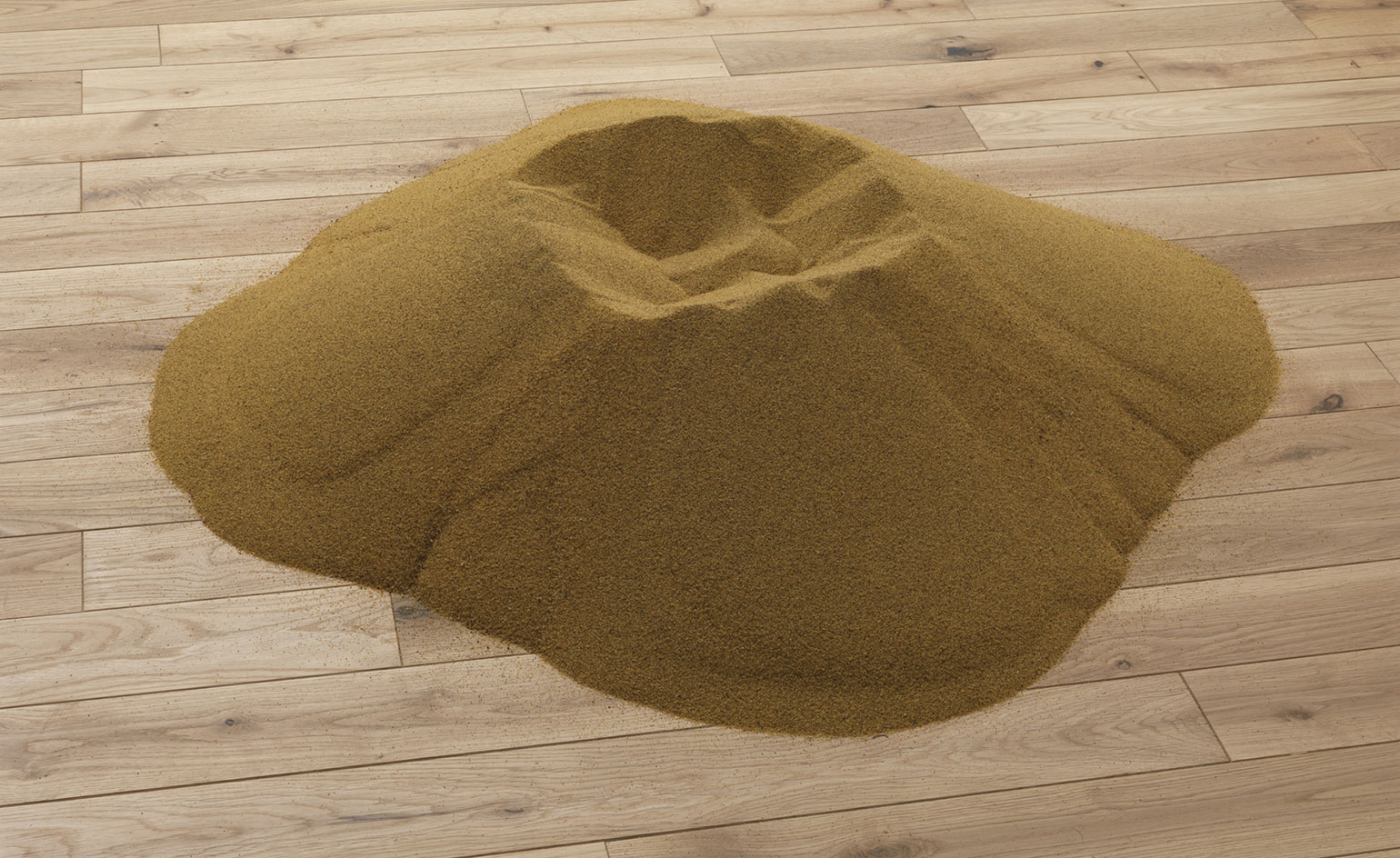
The Tate’s incoming director Alex Farquharson calls the show 'the ground zero' of British conceptual art. Pictured: ringn ‘66, by Barry Flanagan, 1966.
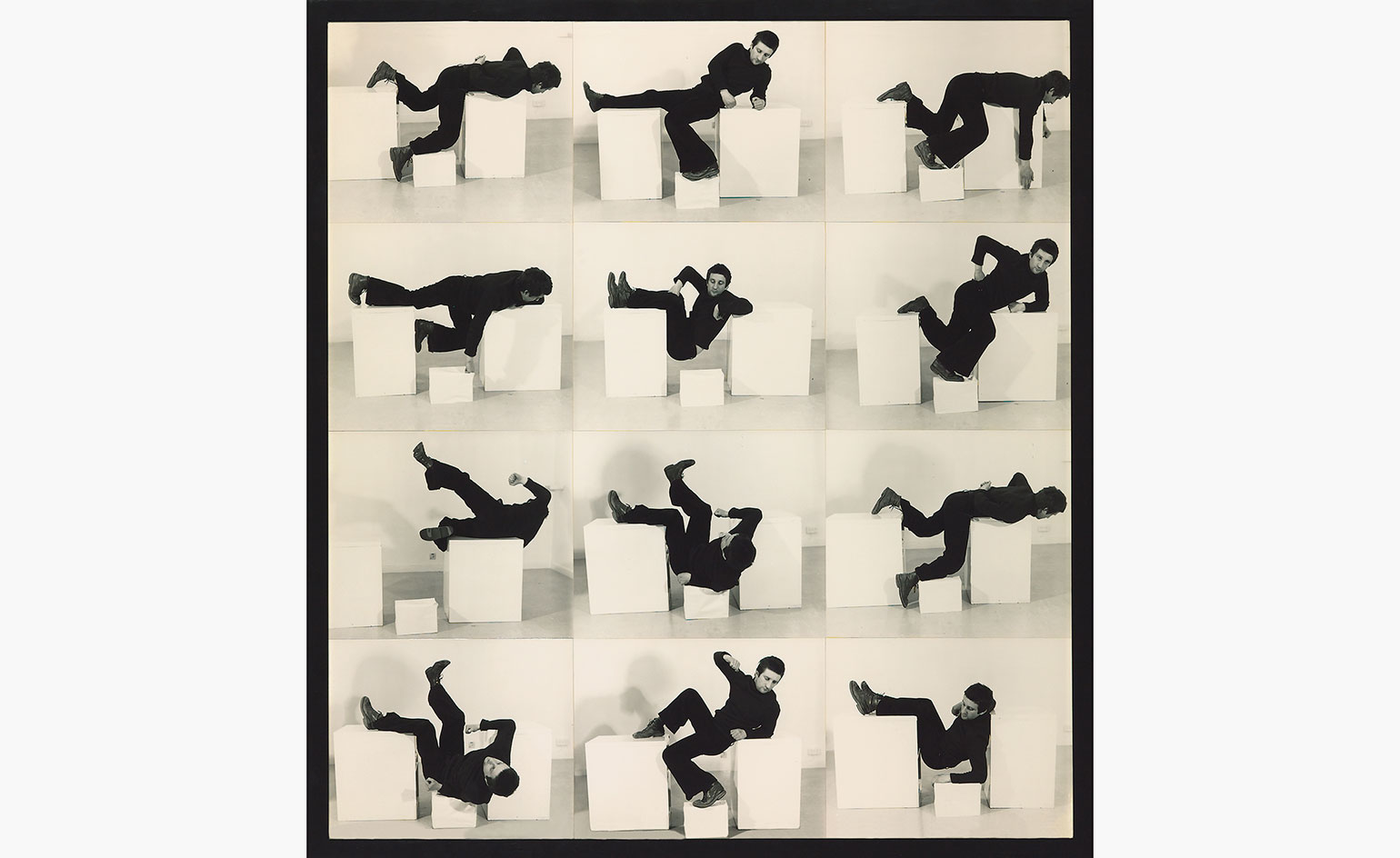
Pose Work for Plinths 3, by Bruce McLean, 1971.
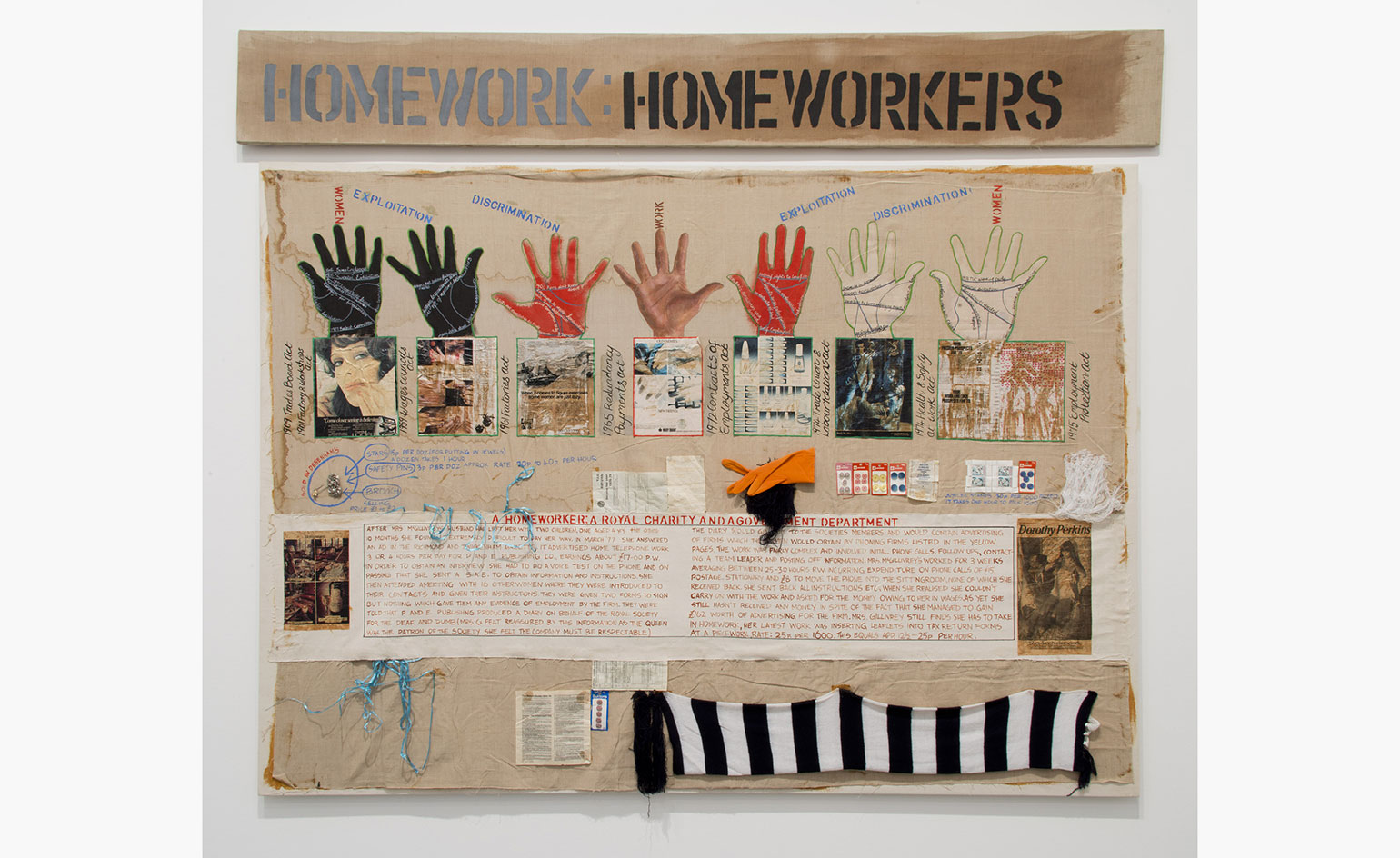
Homeworkers, by Margaret F Harrison, 1977.
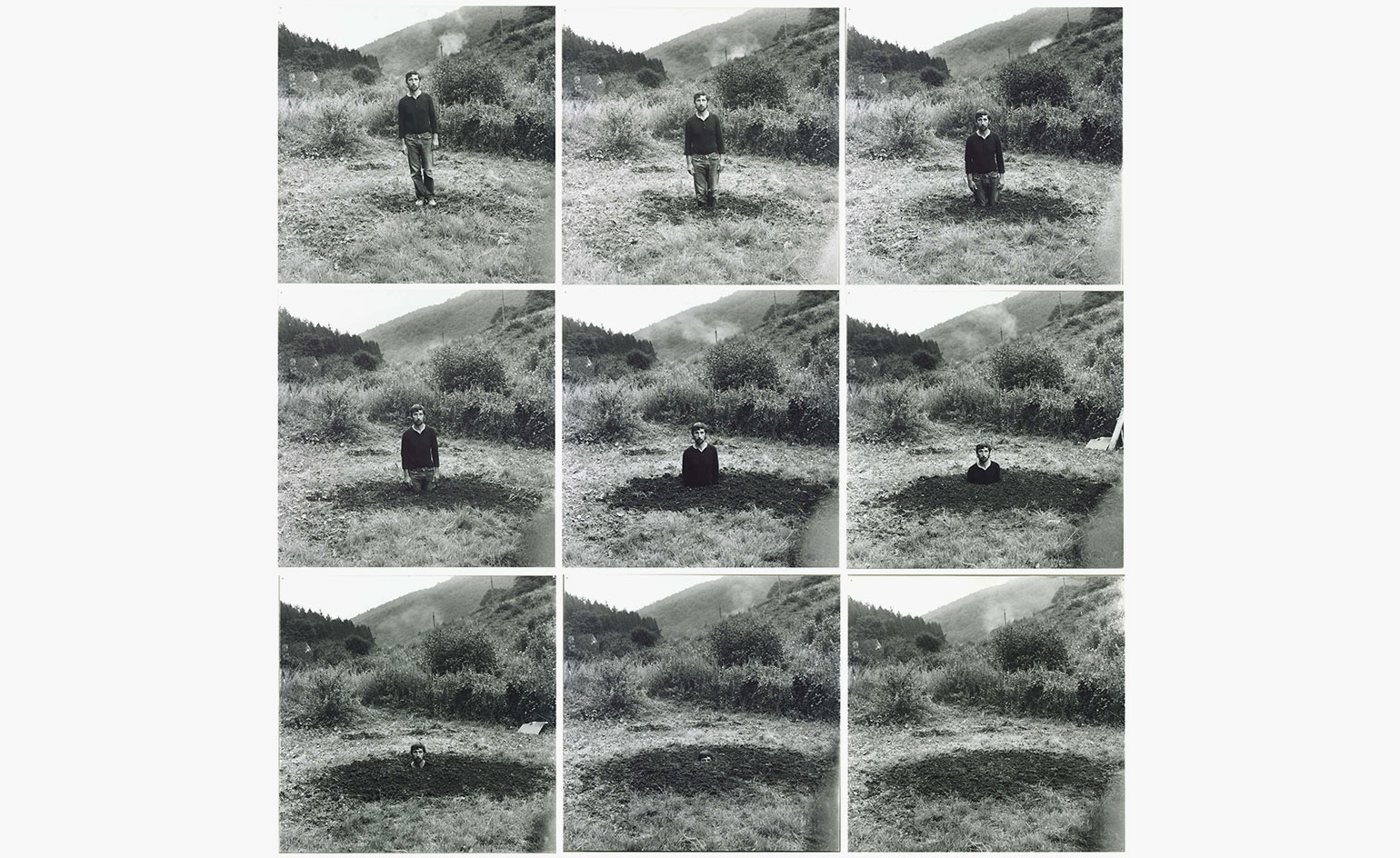
Self-Burial (Television Interference Project), by Keith Arnatt, 1969.
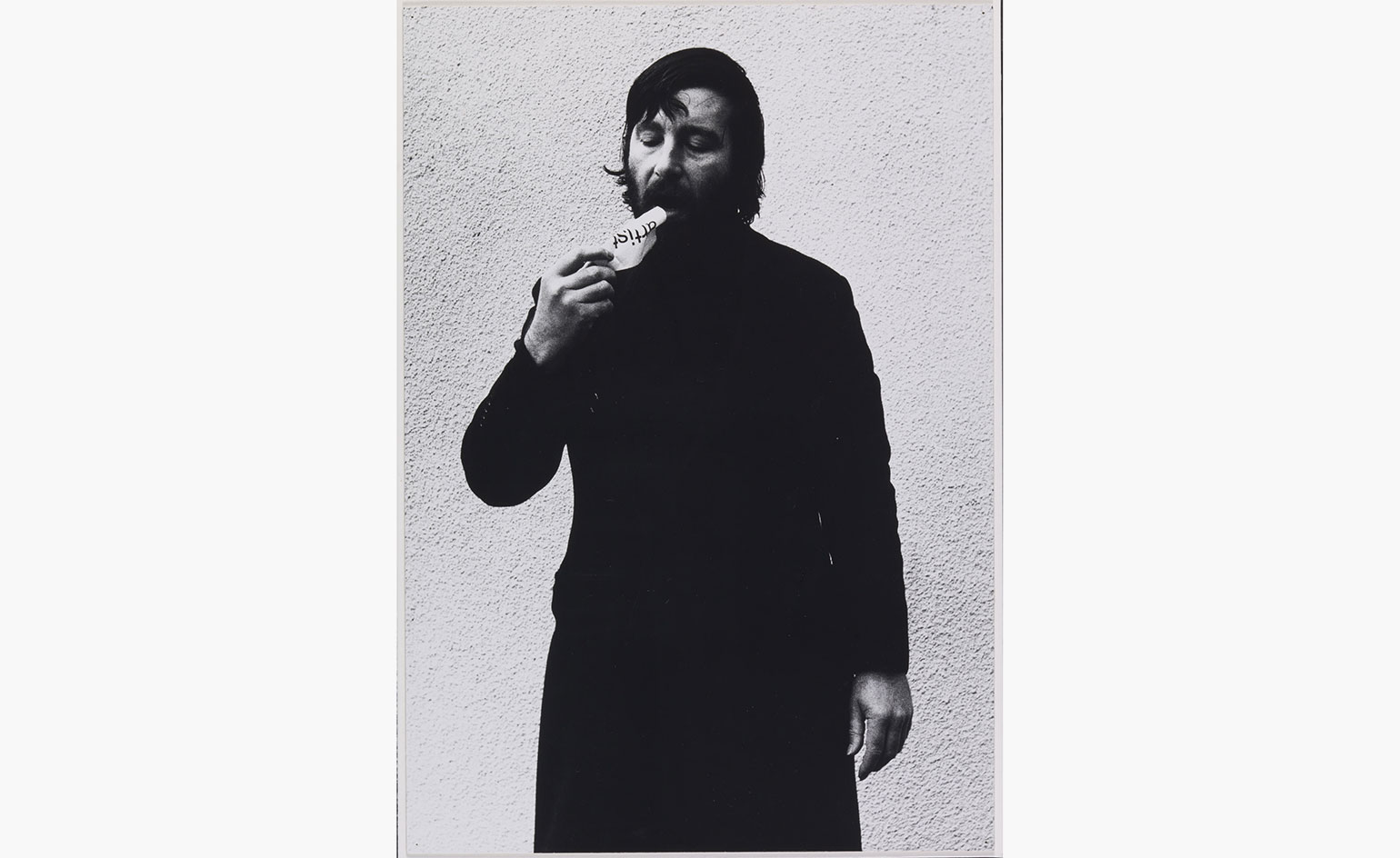
Art as an Act of Retraction, by Keith Arnatt, 1971.
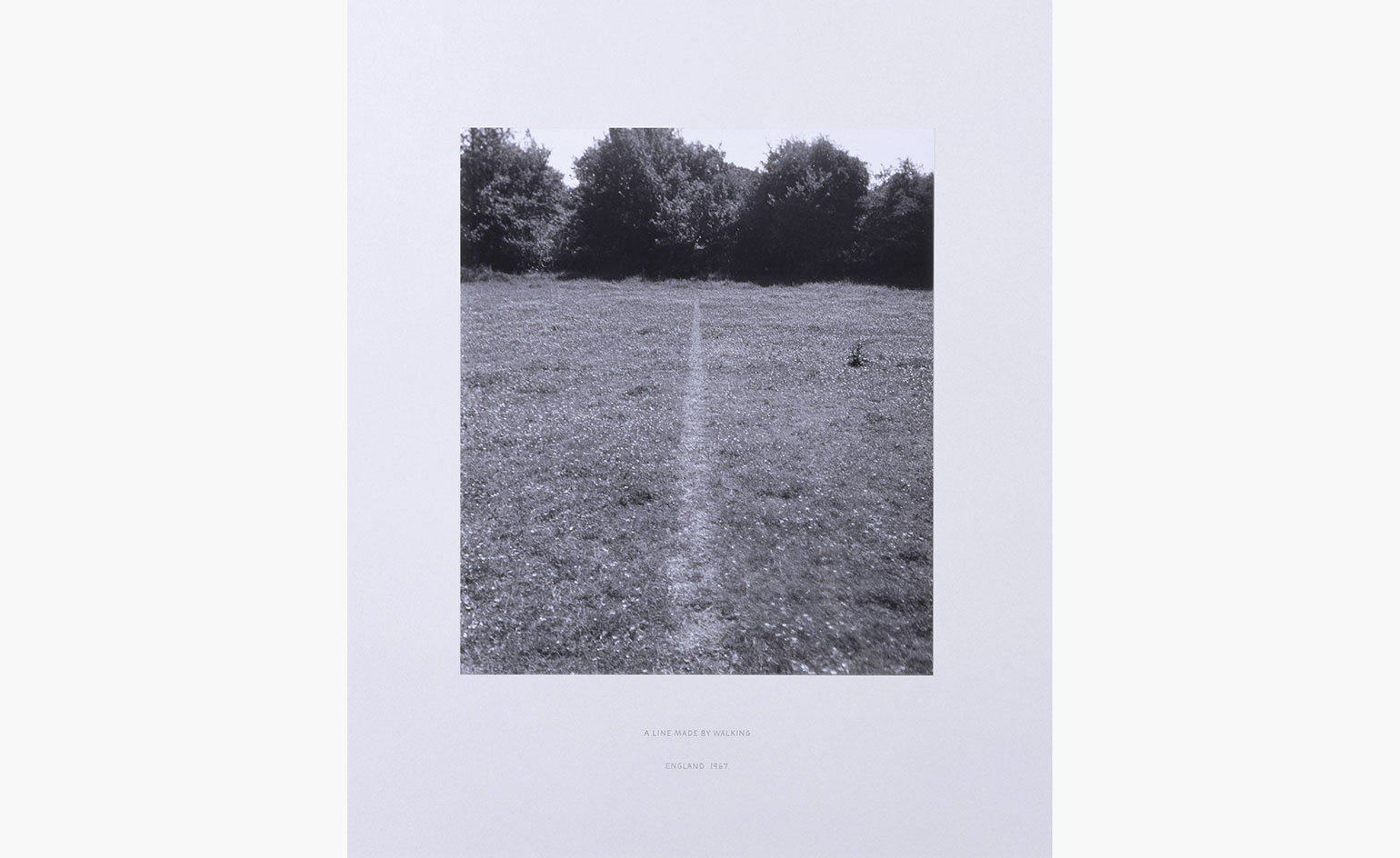
A Line Made by Walking, by Richard Long, 1967.
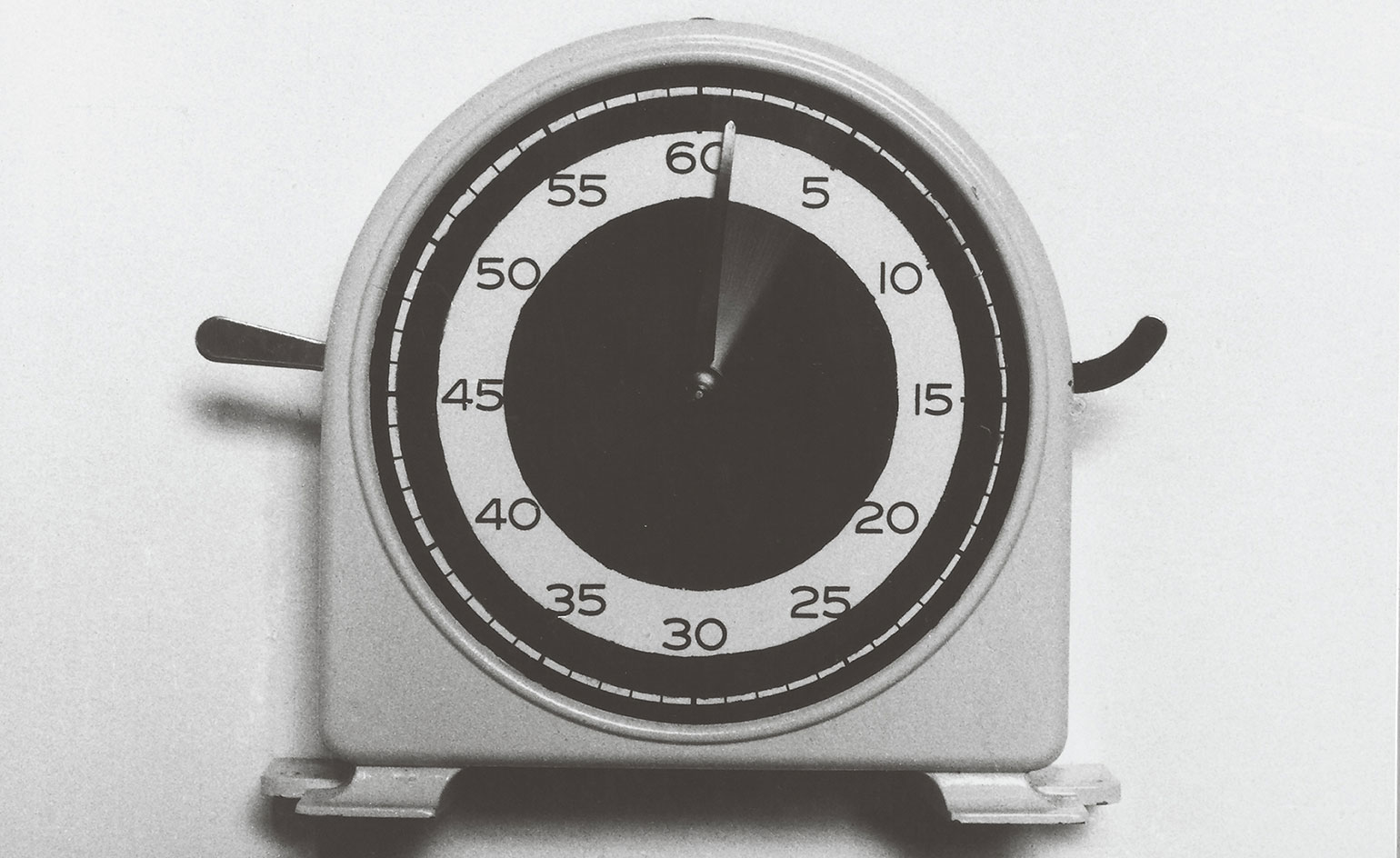
Sixty Seconds of Light (detail), by John Hilliard, 1970.
INFORMATION
’Conceptual Art in Britain 1964–1979’ is on view until 29 August. For more information, visit Tate Britain’s website
ADDRESS
Tate Britain
Millbank
London, SW1P 4RG
Wallpaper* Newsletter
Receive our daily digest of inspiration, escapism and design stories from around the world direct to your inbox.
-
 Isolation to innovation: Inside Albania’s (figurative and literal) rise
Isolation to innovation: Inside Albania’s (figurative and literal) riseAlbania has undergone a remarkable transformation from global pariah to European darling, with tourists pouring in to enjoy its cheap sun. The country’s glow-up also includes a new look, as a who’s who of international architects mould it into a future-facing, ‘verticalising’ nation
By Anna Solomon
-
 The Lighthouse draws on Bauhaus principles to create a new-era workspace campus
The Lighthouse draws on Bauhaus principles to create a new-era workspace campusThe Lighthouse, a Los Angeles office space by Warkentin Associates, brings together Bauhaus, brutalism and contemporary workspace design trends
By Ellie Stathaki
-
 Extreme Cashmere reimagines retail with its new Amsterdam store: ‘You want to take your shoes off and stay’
Extreme Cashmere reimagines retail with its new Amsterdam store: ‘You want to take your shoes off and stay’Wallpaper* takes a tour of Extreme Cashmere’s new Amsterdam store, a space which reflects the label’s famed hospitality and unconventional approach to knitwear
By Jack Moss
-
 The UK AIDS Memorial Quilt will be shown at Tate Modern
The UK AIDS Memorial Quilt will be shown at Tate ModernThe 42-panel quilt, which commemorates those affected by HIV and AIDS, will be displayed in Tate Modern’s Turbine Hall in June 2025
By Anna Solomon
-
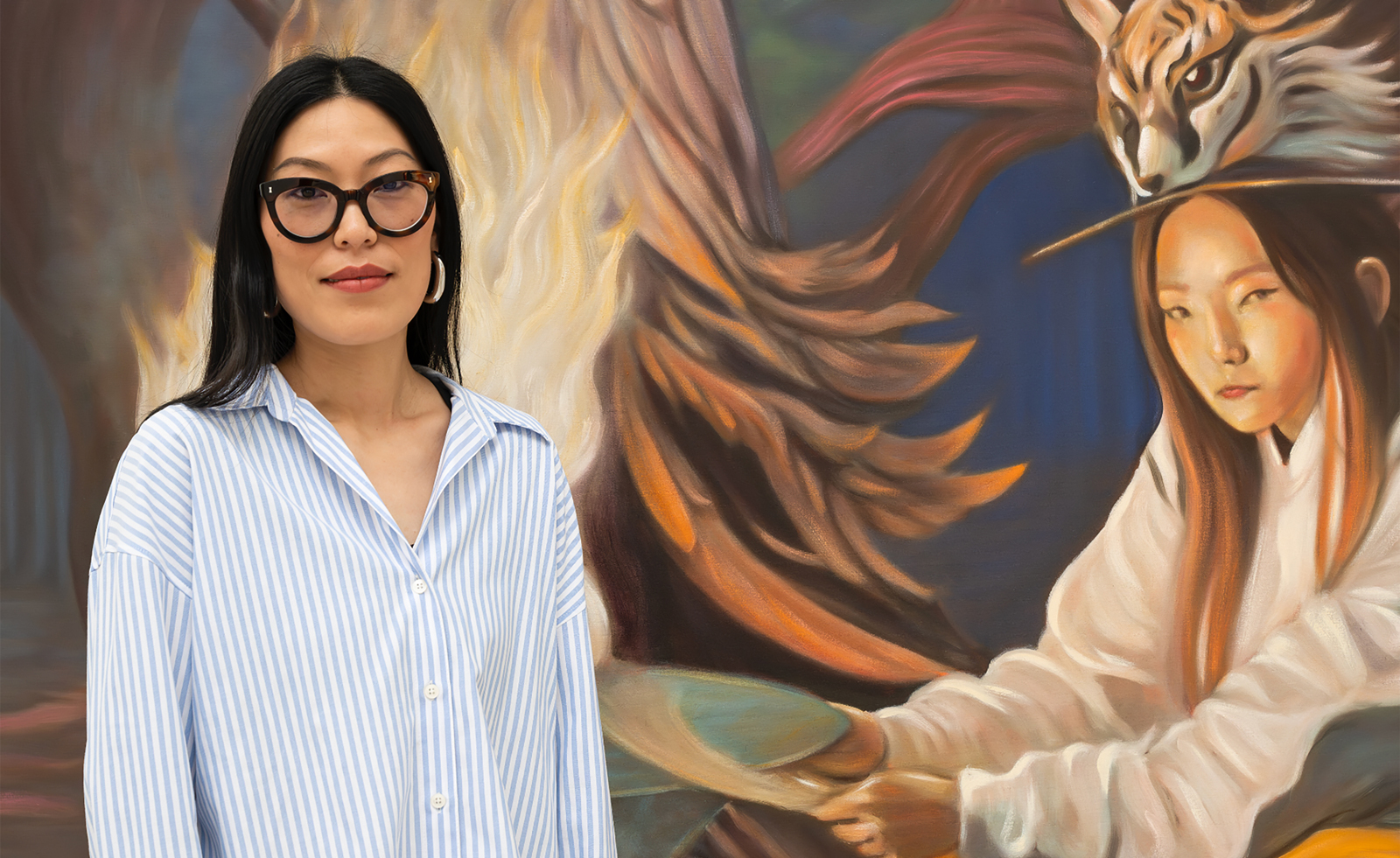 Meet the Turner Prize 2025 shortlisted artists
Meet the Turner Prize 2025 shortlisted artistsNnena Kalu, Rene Matić, Mohammed Sami and Zadie Xa are in the running for the Turner Prize 2025 – here they are with their work
By Hannah Silver
-
 ‘Humour is foundational’: artist Ella Kruglyanskaya on painting as a ‘highly questionable’ pursuit
‘Humour is foundational’: artist Ella Kruglyanskaya on painting as a ‘highly questionable’ pursuitElla Kruglyanskaya’s exhibition, ‘Shadows’ at Thomas Dane Gallery, is the first in a series of three this year, with openings in Basel and New York to follow
By Hannah Silver
-
 The art of the textile label: how British mill-made cloth sold itself to Indian buyers
The art of the textile label: how British mill-made cloth sold itself to Indian buyersAn exhibition of Indo-British textile labels at the Museum of Art & Photography (MAP) in Bengaluru is a journey through colonial desire and the design of mass persuasion
By Aastha D
-
 Artist Qualeasha Wood explores the digital glitch to weave stories of the Black female experience
Artist Qualeasha Wood explores the digital glitch to weave stories of the Black female experienceIn ‘Malware’, her new London exhibition at Pippy Houldsworth Gallery, the American artist’s tapestries, tuftings and videos delve into the world of internet malfunction
By Hannah Silver
-
 Ed Atkins confronts death at Tate Britain
Ed Atkins confronts death at Tate BritainIn his new London exhibition, the artist prods at the limits of existence through digital and physical works, including a film starring Toby Jones
By Emily Steer
-
 Tom Wesselmann’s 'Up Close' and the anatomy of desire
Tom Wesselmann’s 'Up Close' and the anatomy of desireIn a new exhibition currently on show at Almine Rech in London, Tom Wesselmann challenges the limits of figurative painting
By Sam Moore
-
 A major Frida Kahlo exhibition is coming to the Tate Modern next year
A major Frida Kahlo exhibition is coming to the Tate Modern next yearTate’s 2026 programme includes 'Frida: The Making of an Icon', which will trace the professional and personal life of countercultural figurehead Frida Kahlo
By Anna Solomon